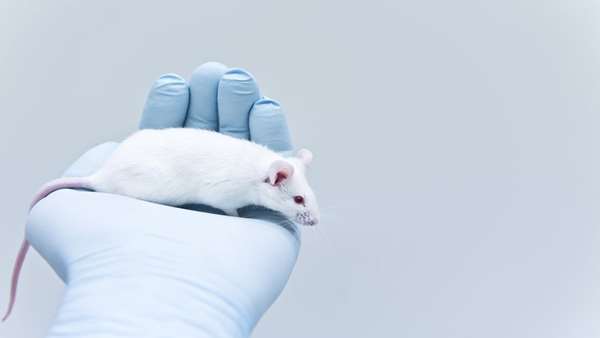CRISPR used to reduce symptoms of muscular dystrophy in mice models
A team of researchers from Canada, the U.S. and Sweden has found that editing a gene involved in producing proteins that promote muscle strength in muscular dystrophy mice models could reduce symptoms. In their paper published in the journal Nature, the group describes their experiments with mice and what they learned from them.
A team of researchers from Canada, the U.S. and Sweden has found that editing a gene involved in producing proteins that promote muscle strength in muscular dystrophy mice models could reduce symptoms. In their paper published in the journal Nature, the group describes their experiments with mice and what they learned from them.
Muscular dystrophy is an inherited condition in which muscle mass attenuates, resulting in weakness and eventually disability. Prior research has shown that caused by mutations in a gene called Lama2. The mutations prevent the gene from instigating the production of certain proteins (most notably laminin-α2) that are necessary for muscle development. It also causes destruction of neuronal myelin coatings, leading to nerve damage. Thus far, efforts to target the gene with therapy methods have failed to provide much improvement for patients. In this new effort, the researchers have taken a new approach—editing a related gene instead.
The related gene is called Lama1—it, too, is involved in the production of proteins that are part of muscle production and development. But unlike Lama2, it can be tweaked via gene editing to promote increased production of another protein called laminin-α1, which also works to promote the generation of muscle tissue. The researchers with this new effort tried this approach with mouse models. They note that to do so involved using CRISPR to develop a gene-activation system capable of dealing with the large viral vectors involved in the process—one that would not make double-standard breaks in the helix.
The researchers report that testing the gene-editing technique on mice showed positive results. The mice saw reductions in fibrosis and larger muscle fiber size, which reduced or in some cases prevented symptoms from occurring. They also found that treating mice that had already become paralyzed due to symptoms allowed them to stand up and move around. And they found that nerve conduction speed increased, as well—a sign that myelin coating destruction was being reversed.
The researchers acknowledge that more research is required before the technique can be tested on human subjects—they need to find out if increasing laminin-α1 production could lead to other undesired effects, for example.
Reference:https://www.nature.com/articles/s41586-019-1430-x





ارسال به دوستان